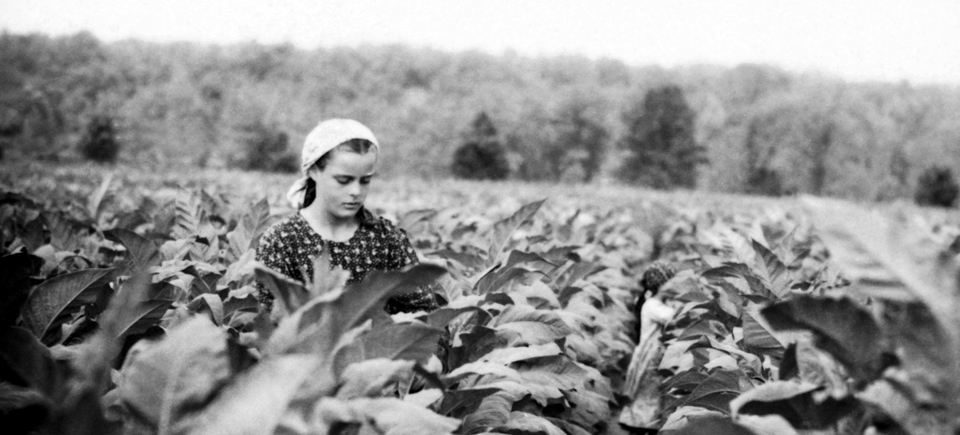
Photo Friday | Inside Ontario’s Tobacco Harvest in the Late Fifties
Photo Friday | Inside Ontario’s Tobacco Harvest in the Late Fifties
It’s World Photo Day today and to celebrate in style, dear Photo Friday fans, we’ve pulled a stunning series of black-and-white photos from the archives of The Back-breaking Leaf, Terence Macartney-Filgate‘s classic short doc about tobacco harvesting in Delhi, Ontario, in the late 1950s.
Part of the Candid Eye series, the half-hour-long film offers a poignant report about the workers – young and old – who harvest the tobacco crop, as well as the farmers who depend on their labour for their living.
The Back-breaking Leaf, Terence Macartney-Filgate, National Film Board of Canada
Harvesting and curing tobacco is punishing and time-sensitive work. The tobacco plant requires careful handling, and must be harvested – all at once – as soon as it ripens.
Many who experienced the harvest in their youth say you could never get young people today to do that kind of work.
Smokers say it’s relaxing, but this great doc shows why tobacco harvesters call it the “back-breaking leaf.”
Enjoy the photographs below.
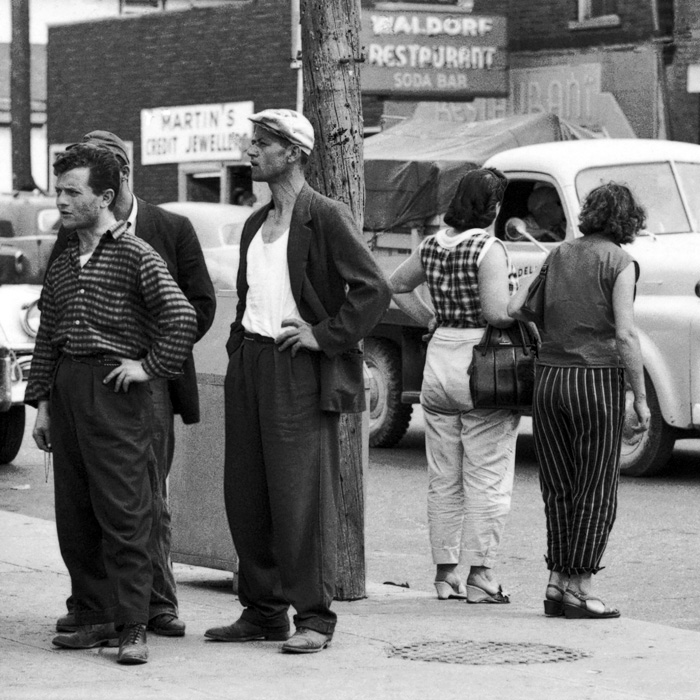
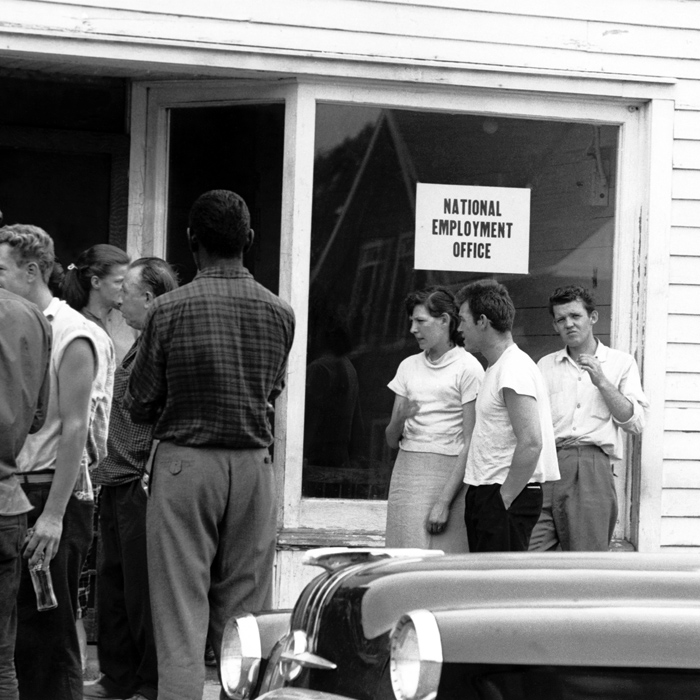
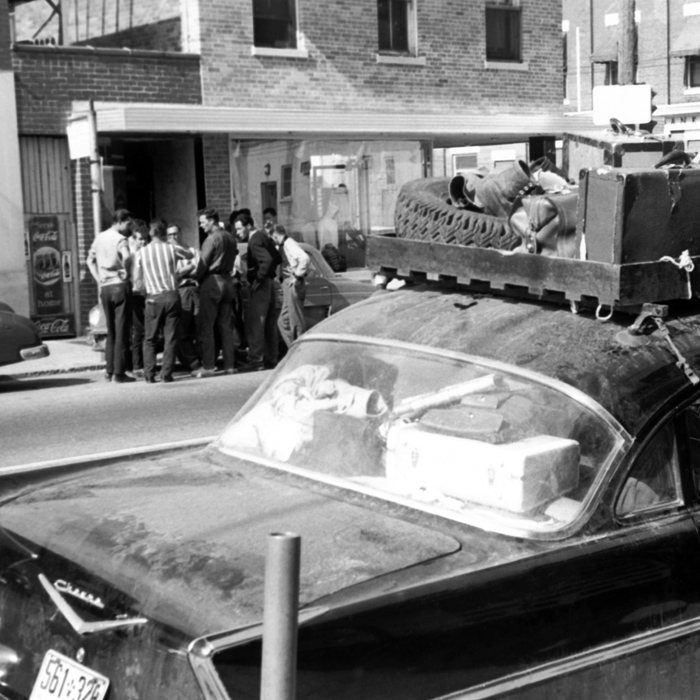
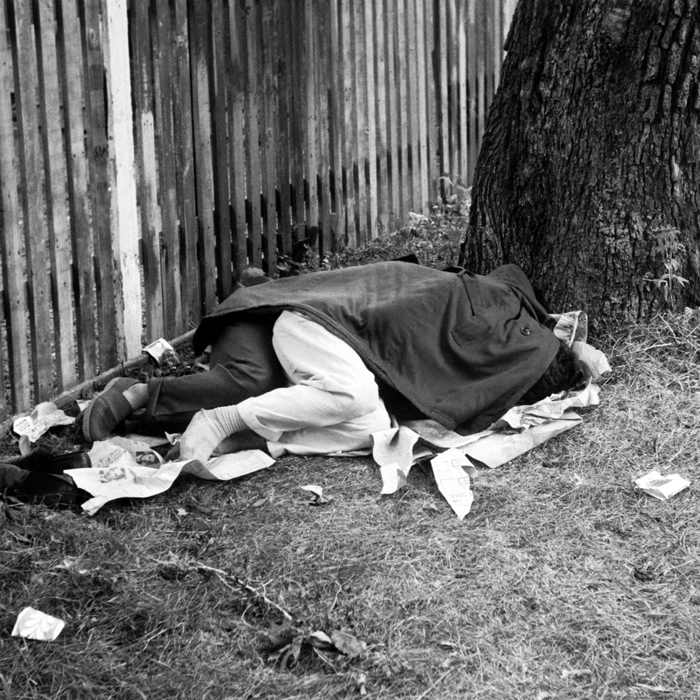
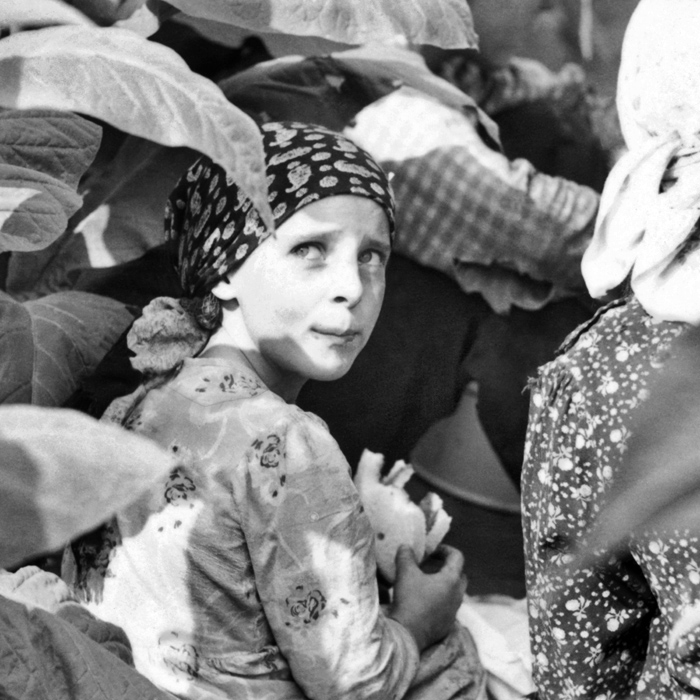

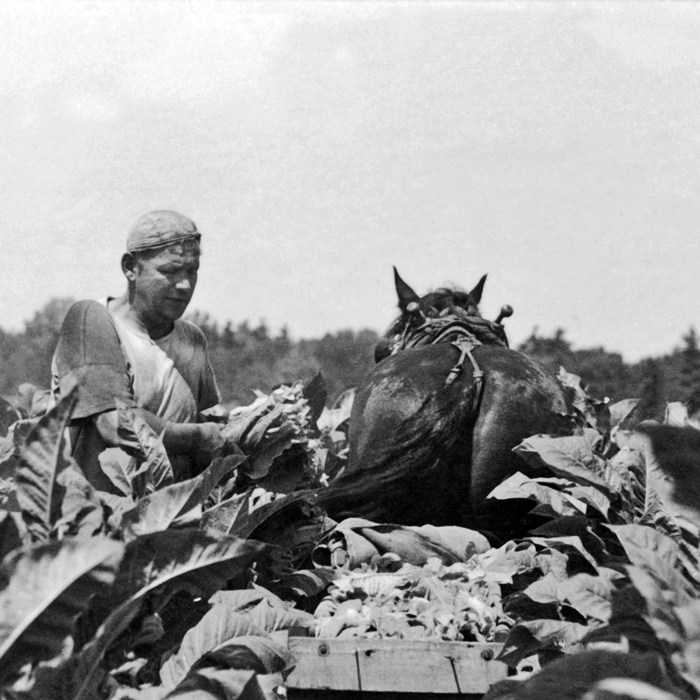
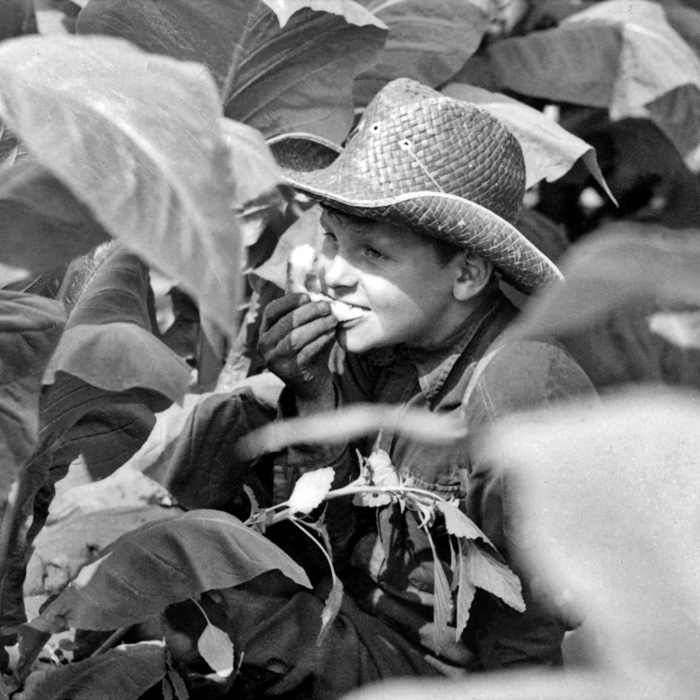
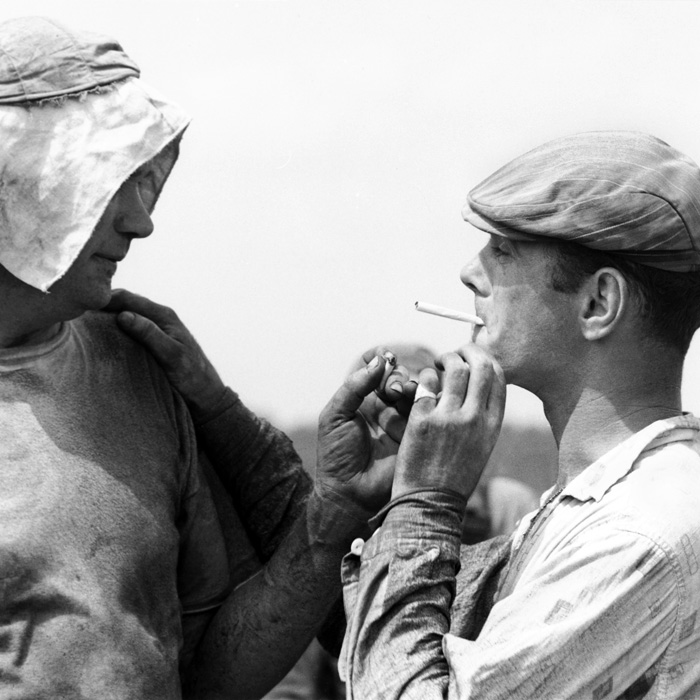
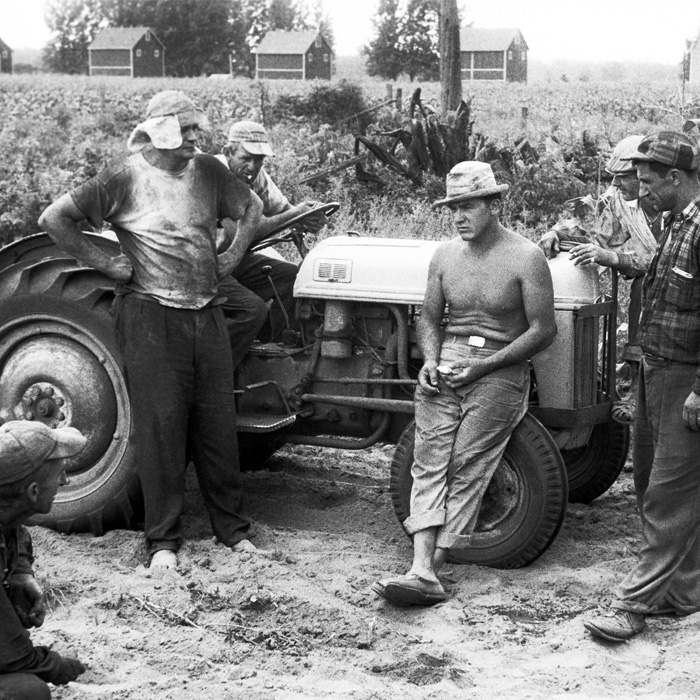
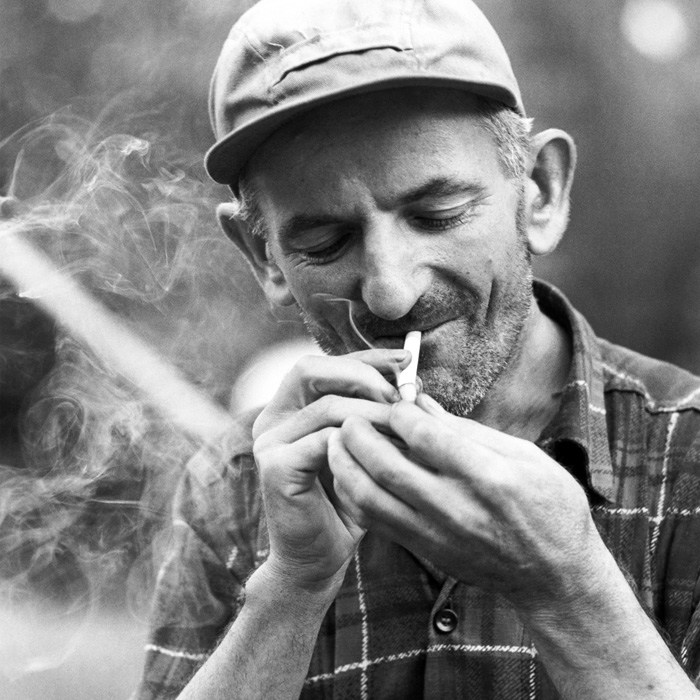
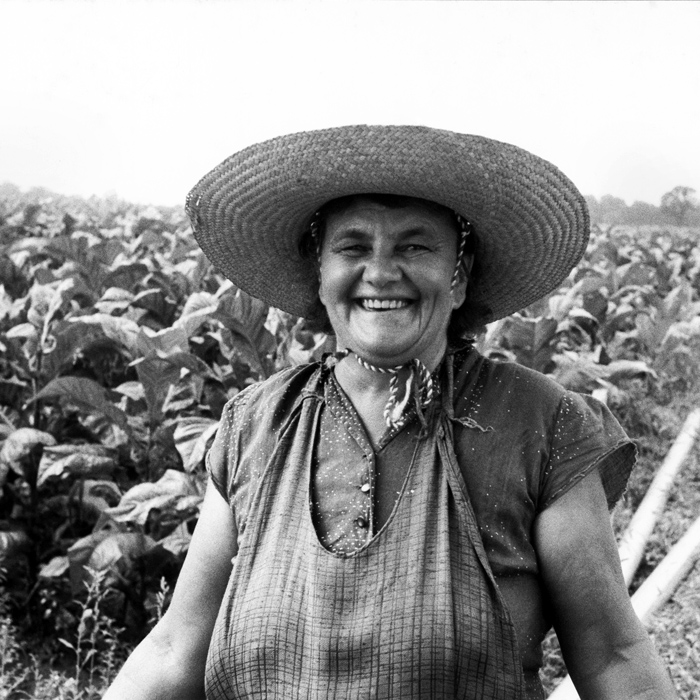
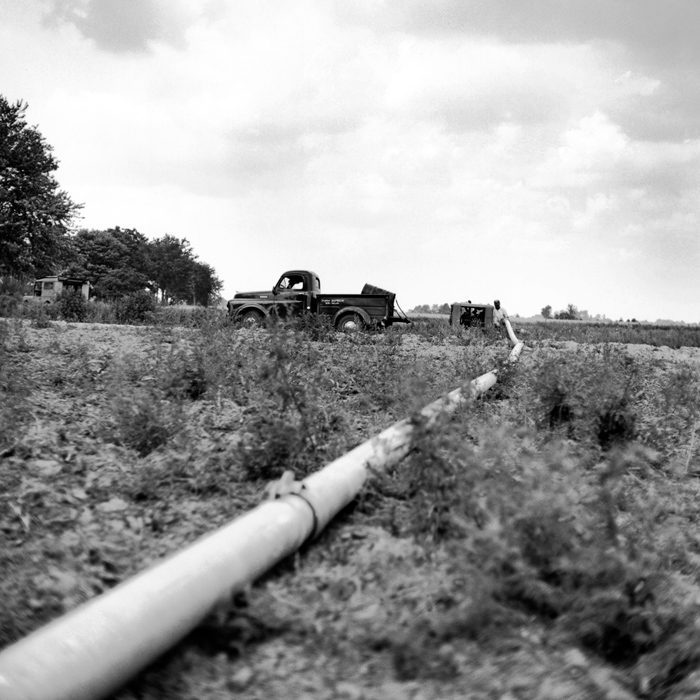
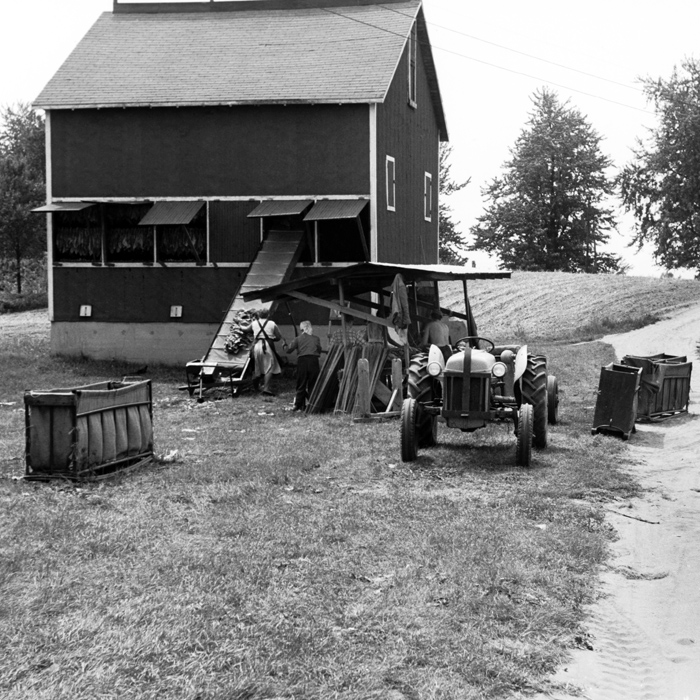
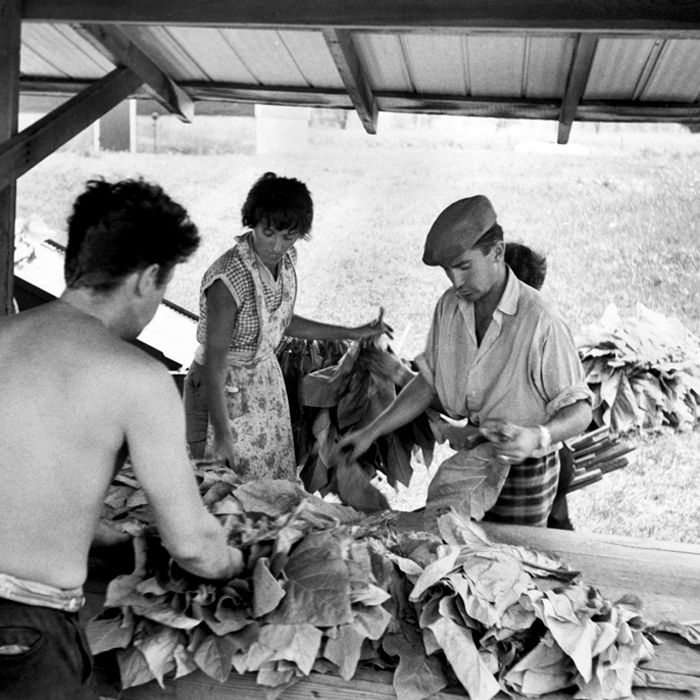
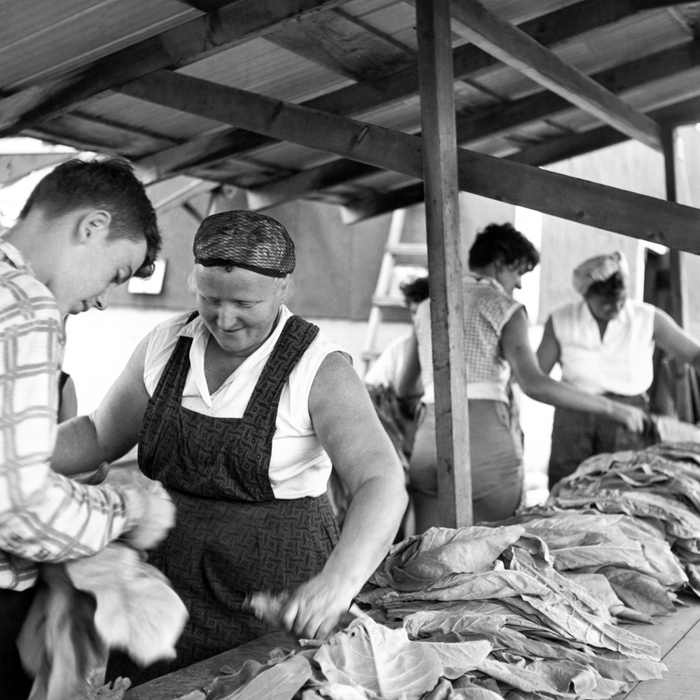
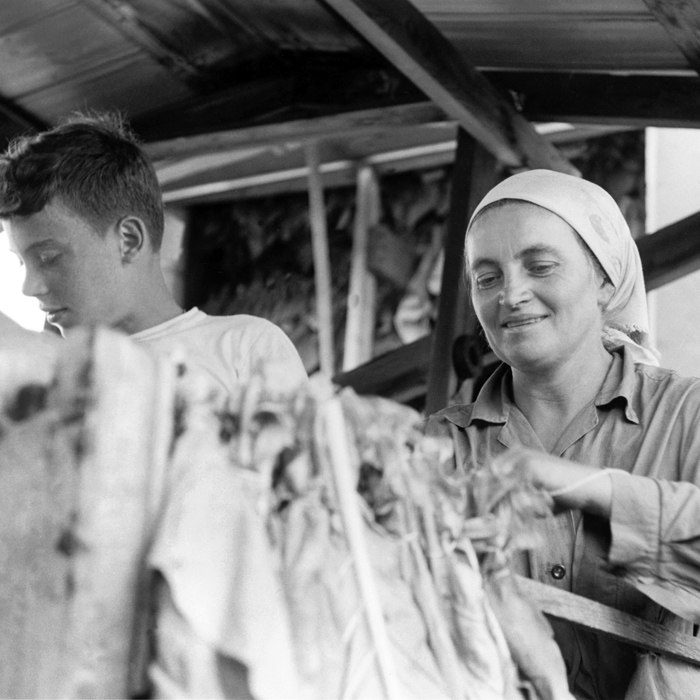
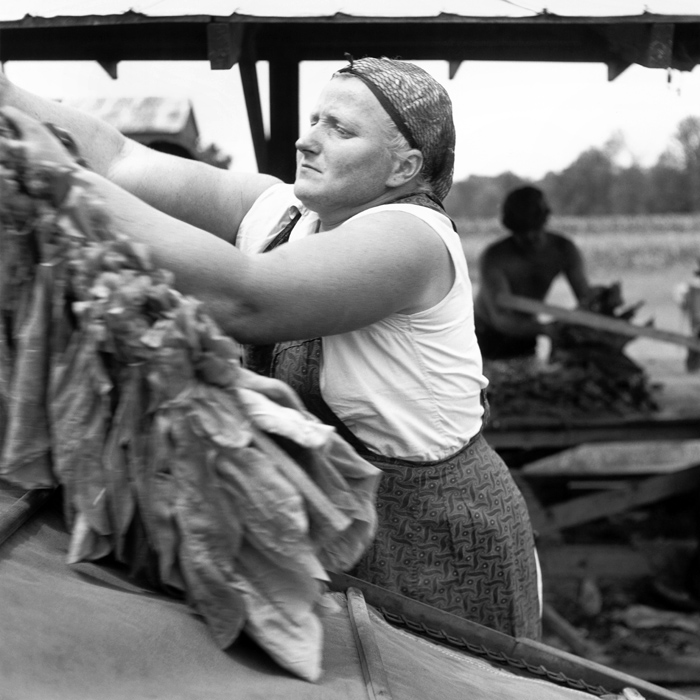
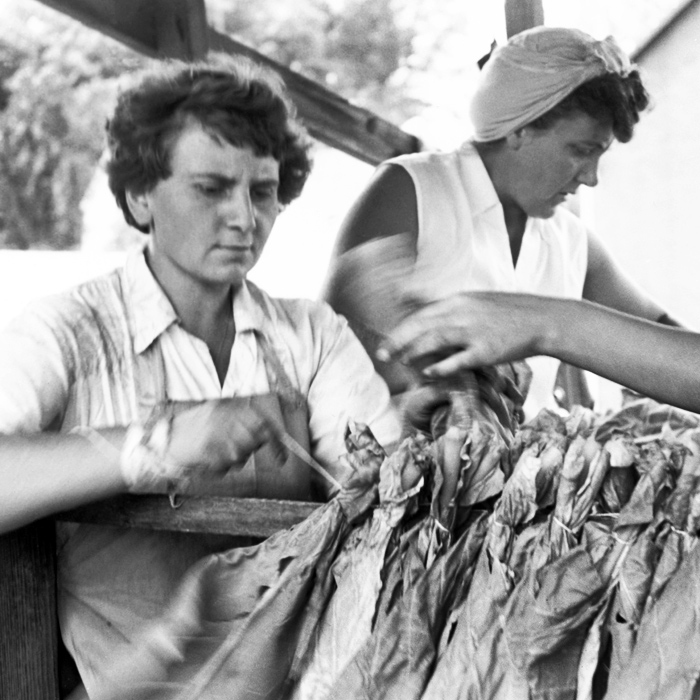
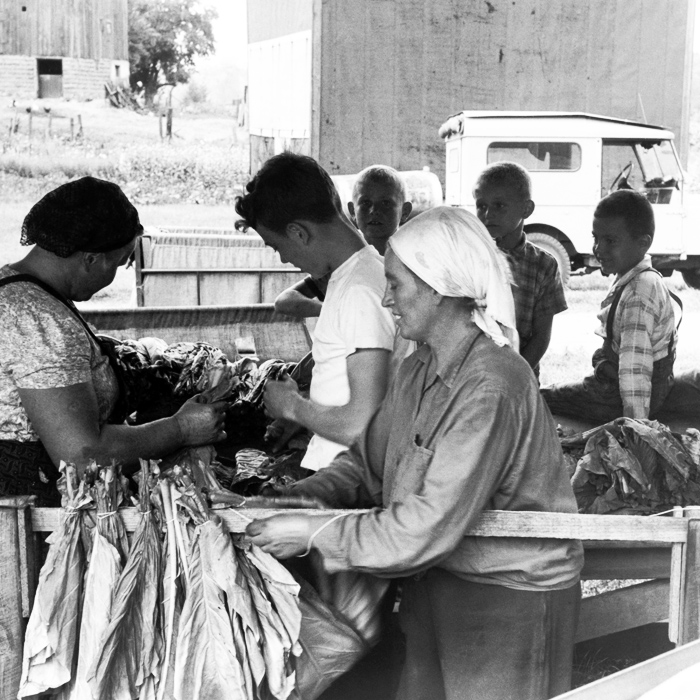
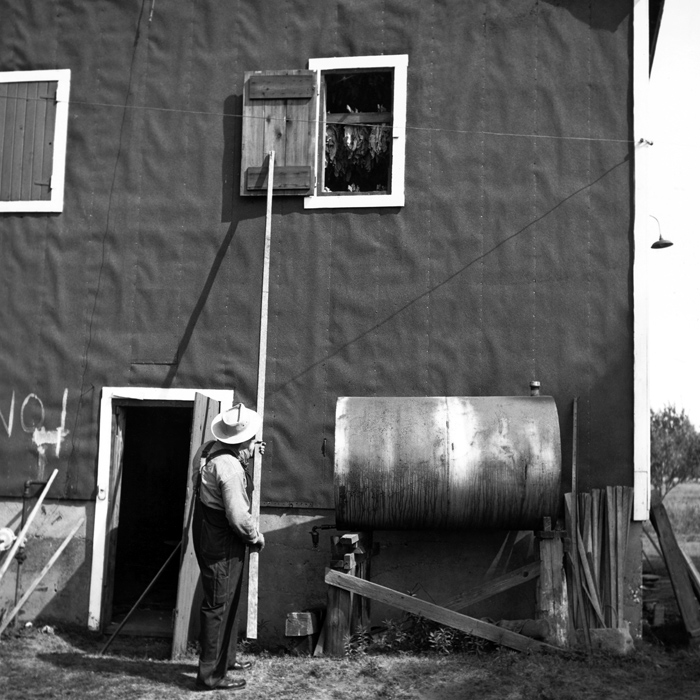
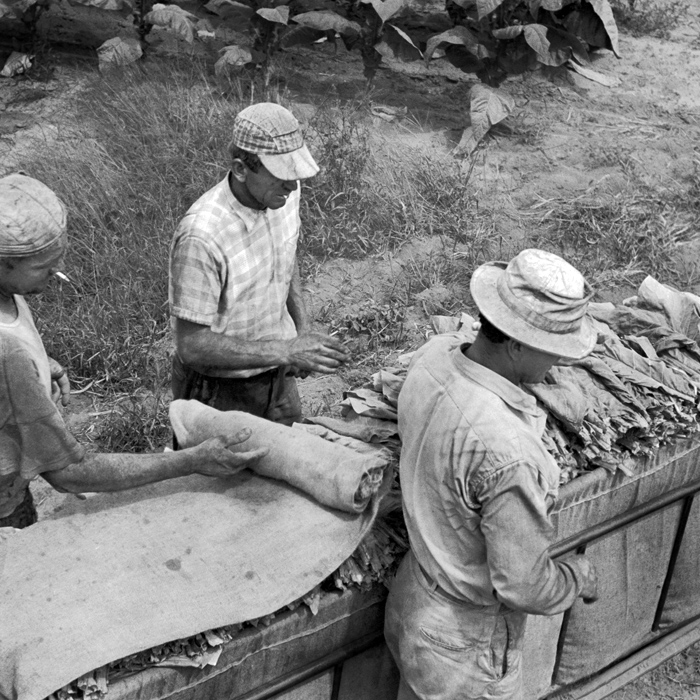
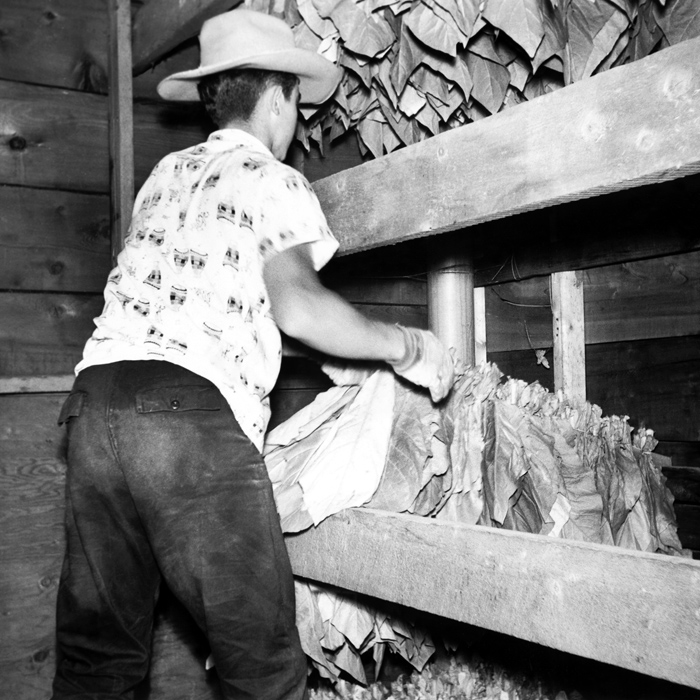
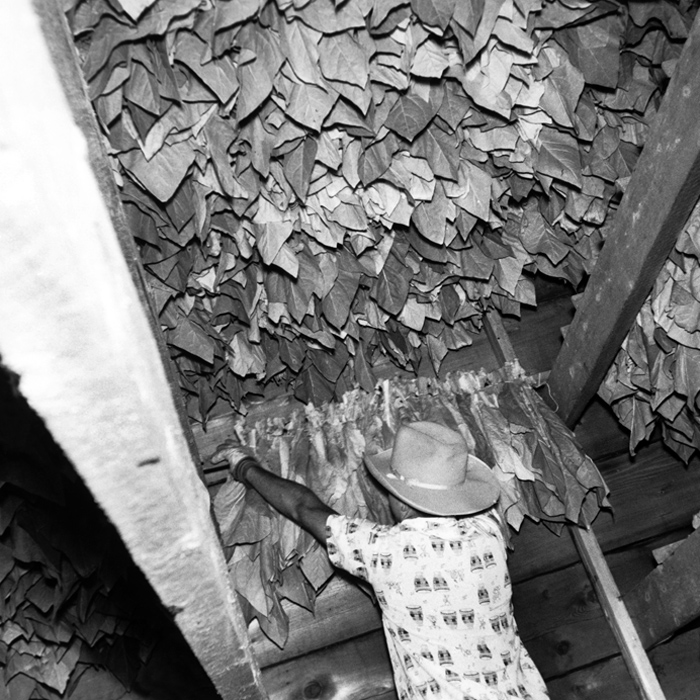
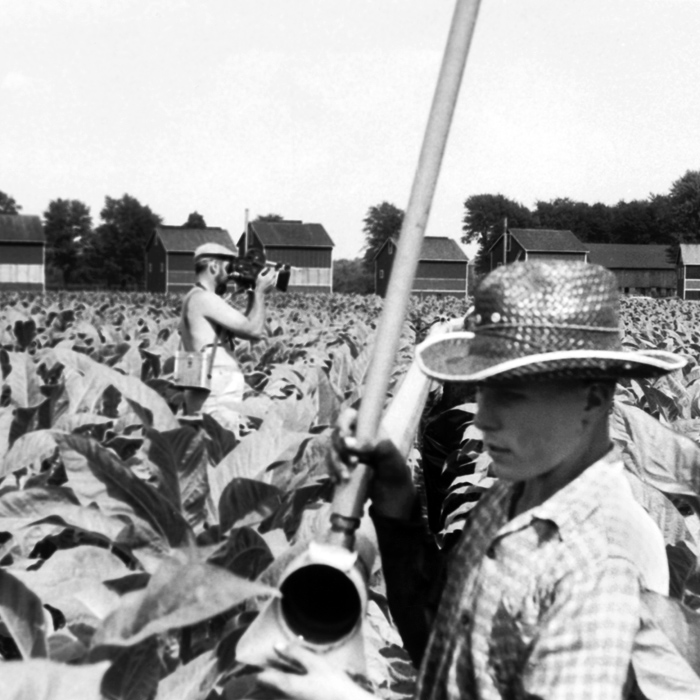
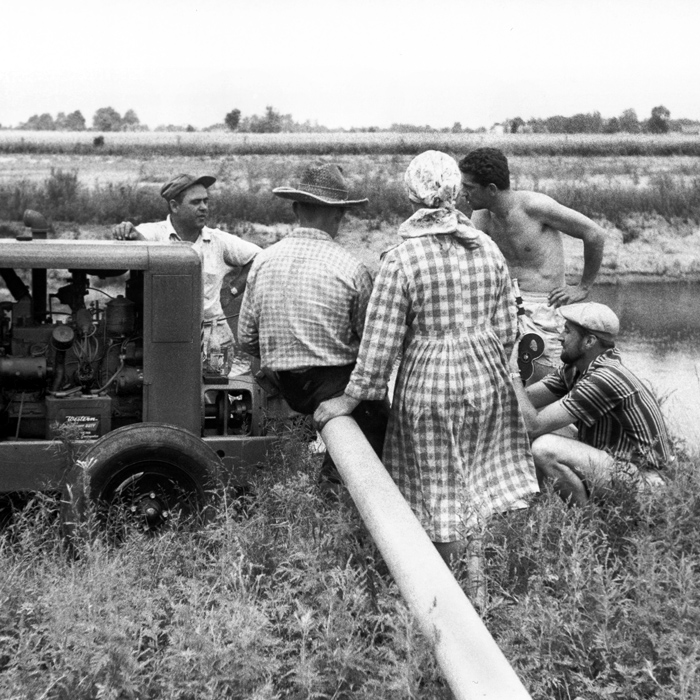
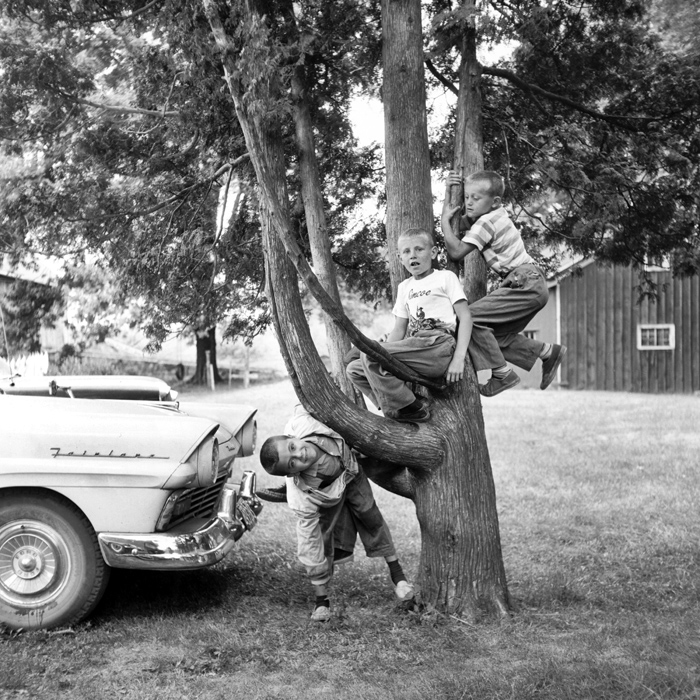
Watch Terence Macartney-Filgate’s The Back-breaking Leaf (1959)
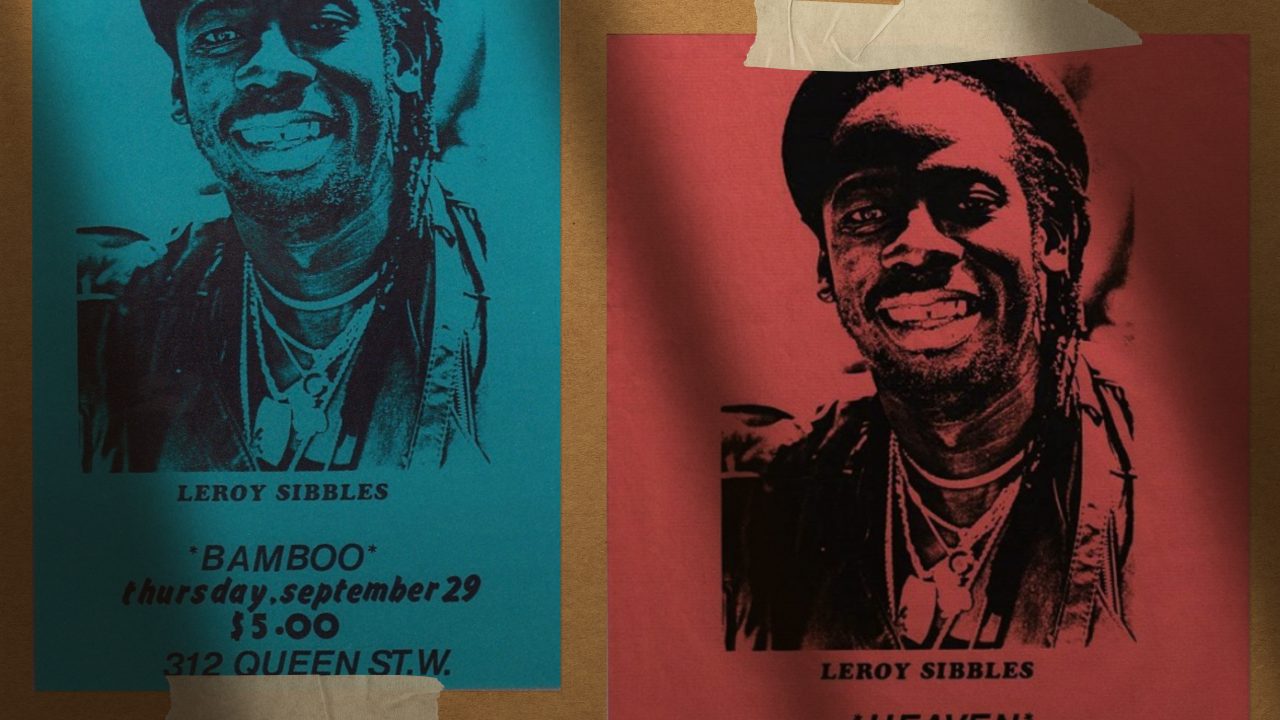
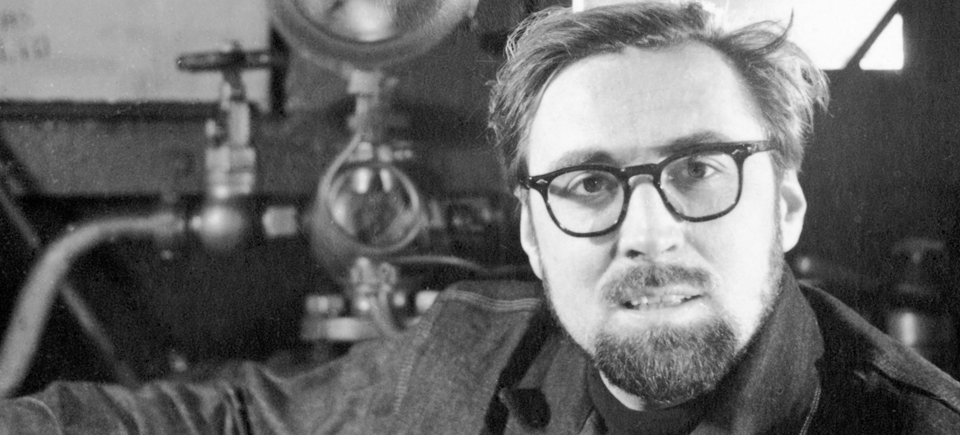
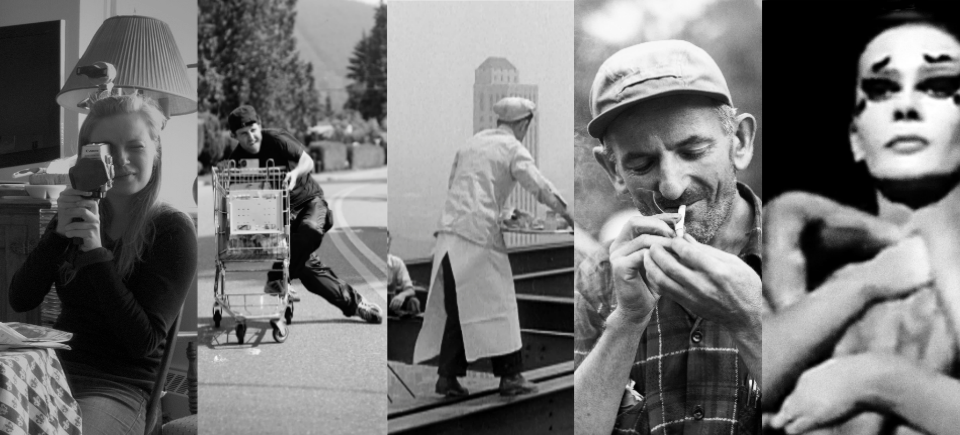

Can you tell me if my grandmother and grandfather are in the video. My grandmother believes she’s in it but I can’t make her out. Their names were Mozelle Wilbourne and George Wilbourne.
Hi. I’ll look into this for you.
Hi Jessica. I tried to find an answer, but since the participants of the film weren’t credited, it’s impossible for us to know. I’m sorry.
Thank you for these <3 My grandmother is in a few of the pictures and my dad (although I don't know exactly which one) and grandmother are in the video.
Would love to verify what farm this was though.
They have both passed but my dad is the one who originally showed me this and they both saw and loved it before they passed!
Thank you!
4 summers, from boat driver, to primer, to tier, Did sucker after reg. day 1/2 Acres… Made 450 in 5 weeks. Kept me in school money. Was better than hanging out. in Windsor. Even though we had fun there.
Boat driver, primer, tier, after 1200 sticks, sucker plants 1/2 cres after days work. Season 4, and about $450.00 Aug to early SEPT. Kept me in change all year.
We didnt have an tobacco elevator so half and hr before lunch the primers came in to hang the kiln as they piled the tobbacco in front of the kiln and some times the piles feel over also missing are the piles off coal & wood as Our kilns where fired by Open wood & cool Fires then we got buckie oil fired burners then eventualy Natural Gas How things have changed combines & bulk Kilns Miss the Good old Days Awsome Clip Remeber going to Delhi and seeing all the people in the park as What i remember
wow memory lane mount brydges
I grew up on a tobacco farm and can contest to the hard work – but we usually managed to have a good time. I’ve seen the film before and it’s interesting but so different to how tobacco is grown and harvested today – some things are the same, but many changes with mechanization.
thank you for the pictures they are a reminder of the past and how much I still love the job,third generation farmer
Great photos! Keep me on your list……..
Great photos!
I’ve heard that the toxic substances in the leaf get on their skin, discoloring it, and are absorbed into the bloodstream. So it isn’t only backs that are injured.
I was looking for pictures of my Mom or my Uncle who used to go every year. They were immigrants from Hungary and were glad for the work. My Uncle went for many years and said it was such hard work. There were pictures of them, they were so tanned you could hardly recognize them in the photo’s. Good time, but hard times, good history of Ontario.
School mates from Dartmouth NS went to Delhi to pick tobacco in 1966-7-8. Believe that it was a kind of a coming-of-age thing when you spent a summer there.
Hello Gerry,
I’m a PhD student at the University of Toronto, researching the history of tobacco farm labour in Ontario. I would love to interview one of your school mates about their experiences. Would you happen to still be in touch with any of them? If so, you could email me at edward.dunsworth@mail.utoronto.ca . Thanks so much,
Ed